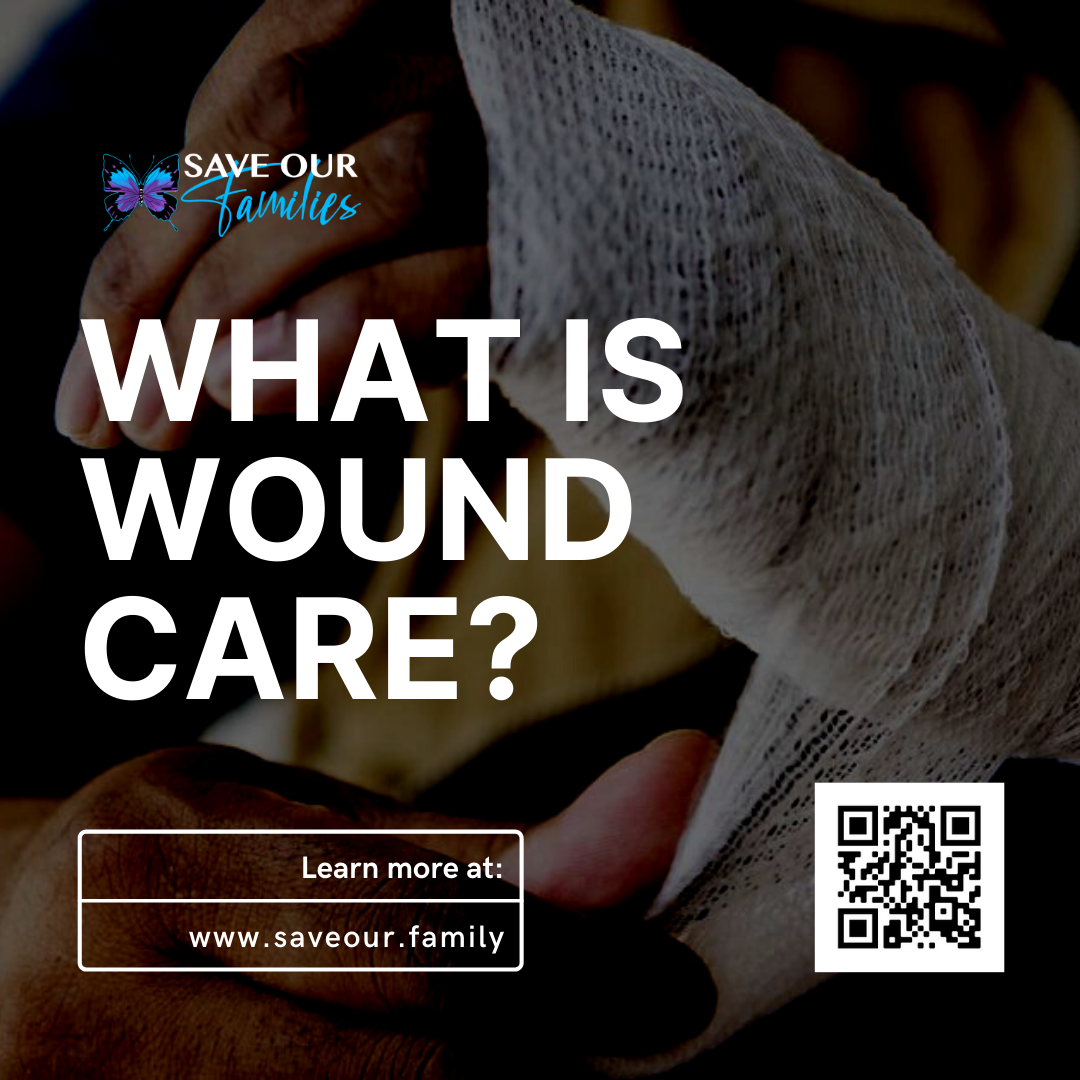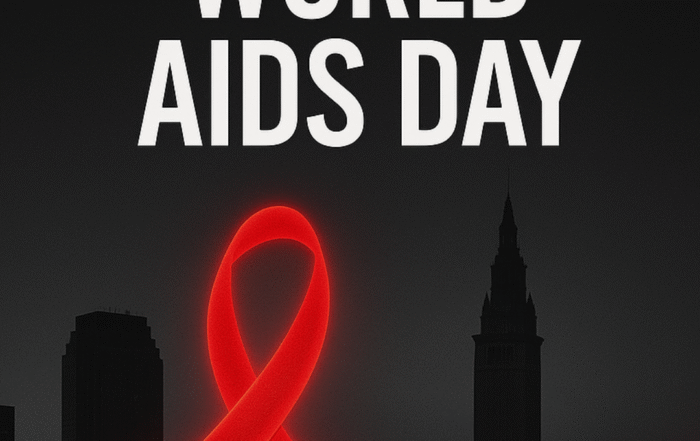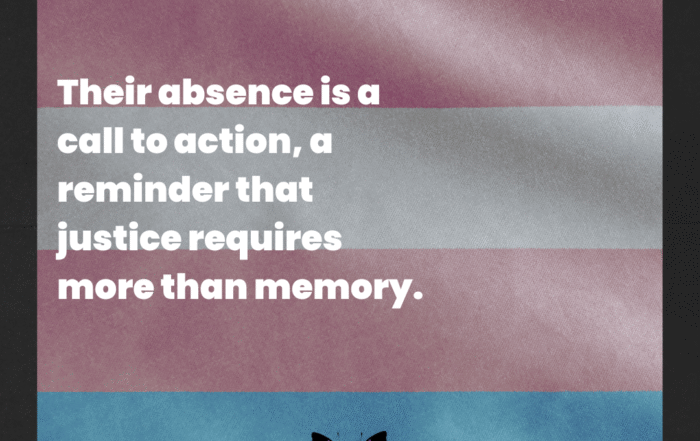Wound Care Hygiene and How to Help
Wound Care is an important topic that can be overshadowed by the conversations about Naloxone or treatment options. When focusing on harm reduction, we factor in the health hazards of intravenous substance use. Long-term use of needles and substances can cause abscesses or Cellulitis, resulting in an open wound.
When injecting into a dirty or unsanitized area, the chance of infection increases. Also, if a wound has already formed, keeping the wound drained, cleaned, and properly bandaged is important for healing and prevention of infection. Below, we’ve simplified some important information from the NextDistro guide on wound care and prevention.
How to Prevent Injection-Related Wounds
- Wash your hands with soap and water or hand sanitizer.
- Wash the injection site with soap and water or an alcohol prep pad.
- Use fresh supplies each time you inject, whenever possible.
- Using sterile water, sterile saline, tap water, or a sealed water bottle is best.
- Always filter your shot and use a new filter every time.
- The best and safest injection sites are in the arms and legs because they have the best circulation, meaning they’ll heal the fastest.
Note: If using an alcohol prep pad, wipe away from where you plan to inject.
Reducing track marks
1. Use a moisturizer or antibiotic creams on injection sites once they’ve closed or scabbed over. Aloe vera gel, cocoa butter, and vitamin E oil can help reduce track marks.
2. Creams like triple antibiotic ointment can be applied before sleep. The body heals when resting, making it the best time to use it.
3. Avoid injecting into areas with wounds. This will cause scar tissue and further damage the vein, leading to vein collapse in the long term.
As a part of Save Our Families’ harm reduction efforts, we will offer a limited supply of Wound Care Kits per month with your help. We have set up a charitable registry with Walmart for wound care supplies and related items. If you would like to contribute to our wound care kit initiative, please check out our Ways to Give, or you can purchase supplies from our registry.
Wound Care Guide: https://issuu.com/nextdistro/docs/woundcarecondensed/2
about author
Created by the team at Save Our Families.
subscribe to our newsletter
Join the Save Our Families newsletter for updates on community care, mental health tools, healing stories, and events you won’t want to miss.
Note: We promise not to flood your inbox—just healing vibes, resources, and real talk.
Recent Posts
Save Our Families Invites Cleveland Residents to a Crochet Workshop
CLEVELAND, OHIO — December 8, 2025 —Save Our Families, in partnership with A2:21:4C, is proud to announce a free community-centered crochet workshop taking place on Wednesday, January 14, 2026, from 6 to 8 PM. The
World Aids Day: A Personal Reflection from the President of Save Our Families
Growing up in Cleveland in the early 1990's, I watched my mother, Nita S. Steele, move through the AIDS epidemic with a kind of courage and tenderness that still shapes me today. I was young
Trans Day of Remembrance: Their absence is a call to action
At Save Our Families, we focus on centering the voices of those with lived experience, so today we will do that in honor of our trans brothers and sisters. In 2023, I met Lysithea, pre-transition,




